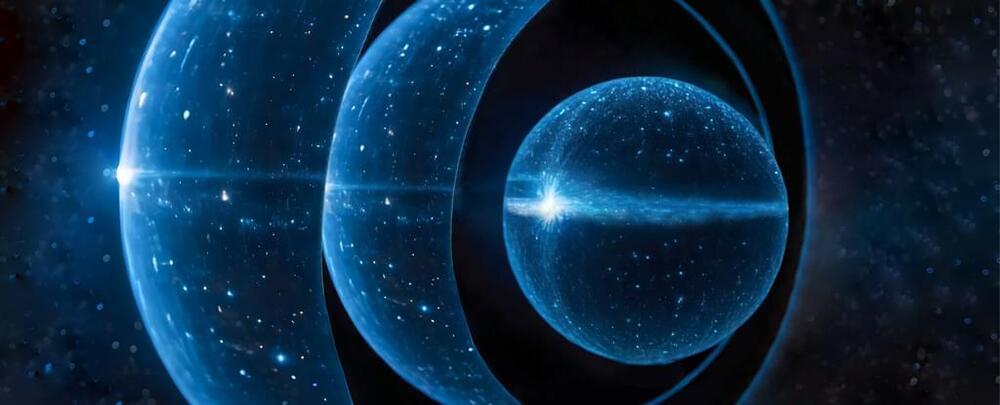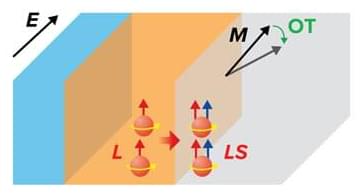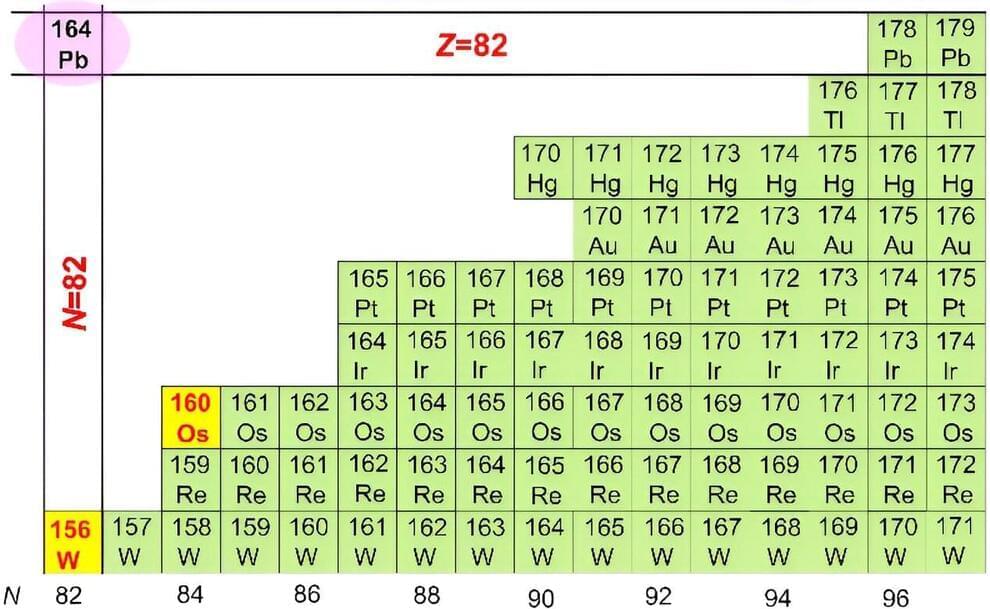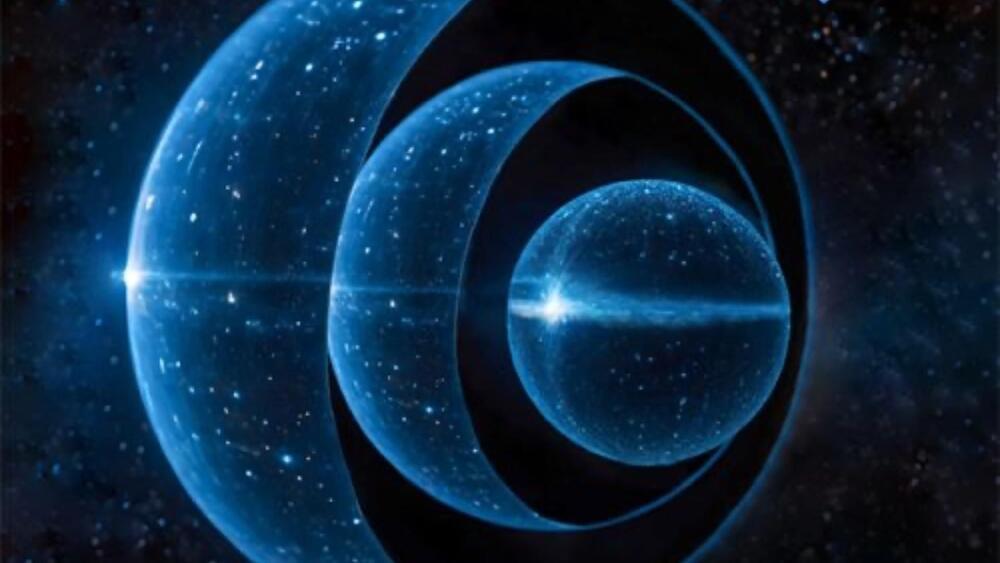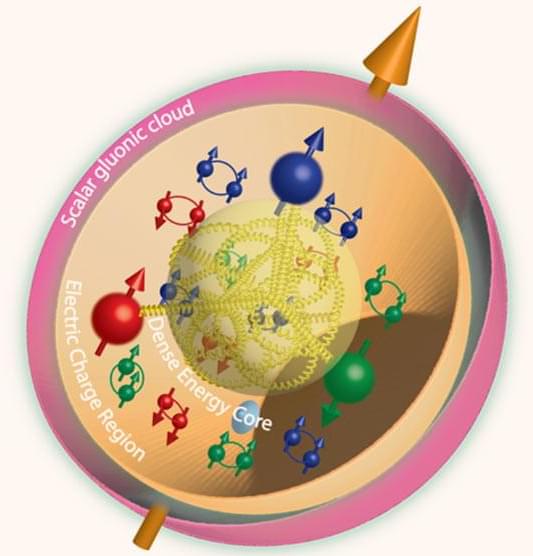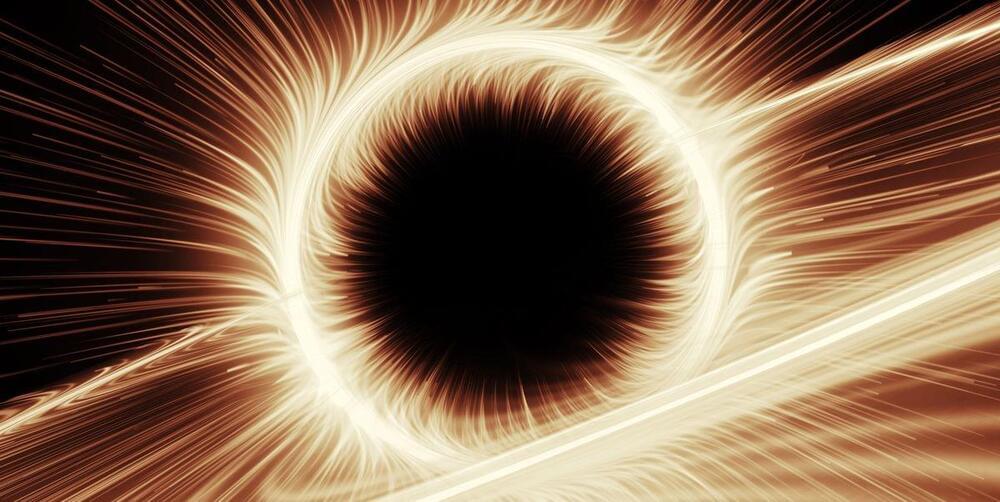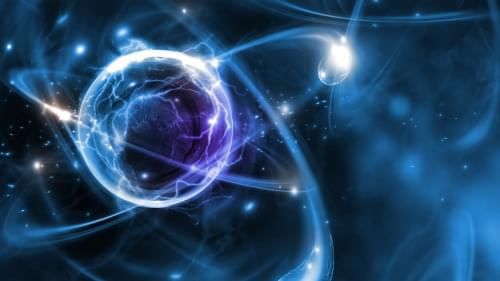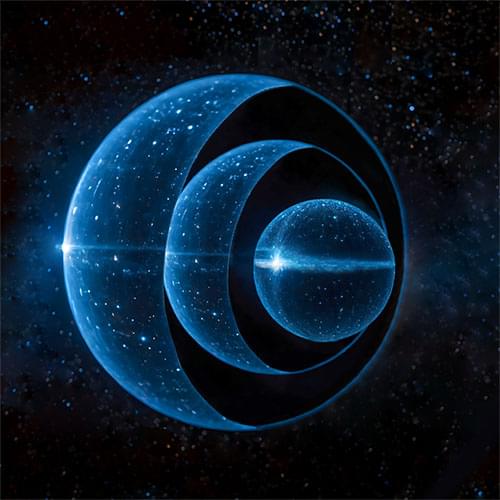Feb 20, 2024
Bubble-Like ‘Stars Within Stars’ Could Explain Black Hole Weirdness
Posted by Dan Breeden in categories: cosmology, information science, physics
Once hypothetical monsters born in a tangled nest of Einstein’s general theory of relativity, black holes are now recognized as bona fide celestial objects as real as stars, moons, and galaxies.
But make no mistake. Their engines are still as mysterious as they were when the German theoretical physicist Karl Schwarzschild first played with Einstein’s field equations and came to the conclusion that space and time could pucker up into pits of no return.
Goethe University Frankfurt physicists Daniel Jampolski and Luciano Rezzolla have gone back to step one in an attempt to make better sense of the equations that describe black holes and have come away with a solution that’s easier to picture, if no less bizarre.
